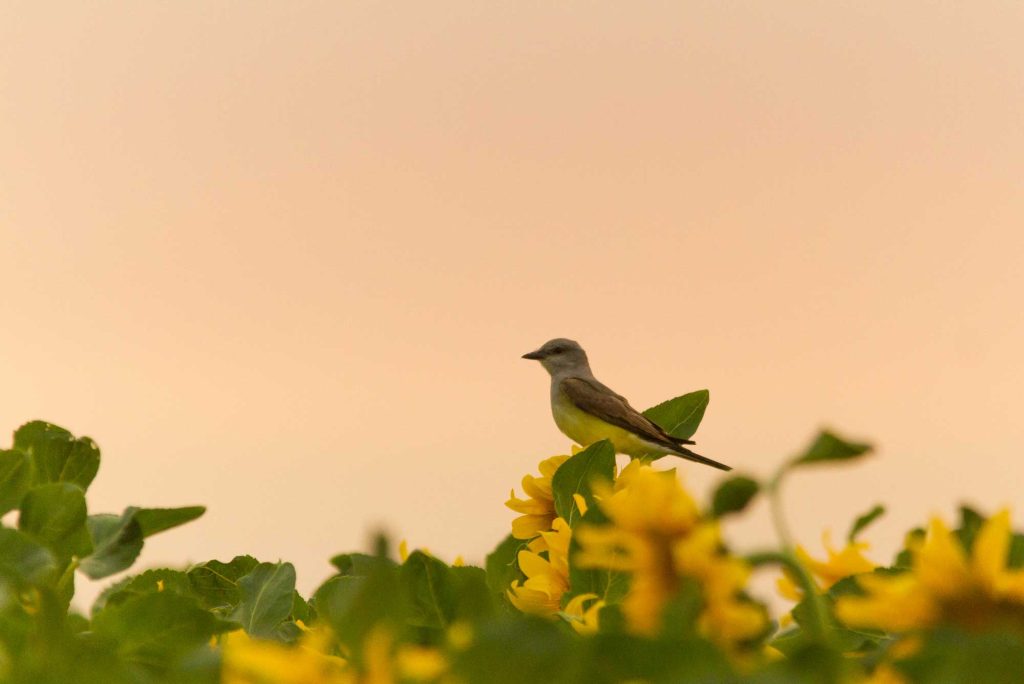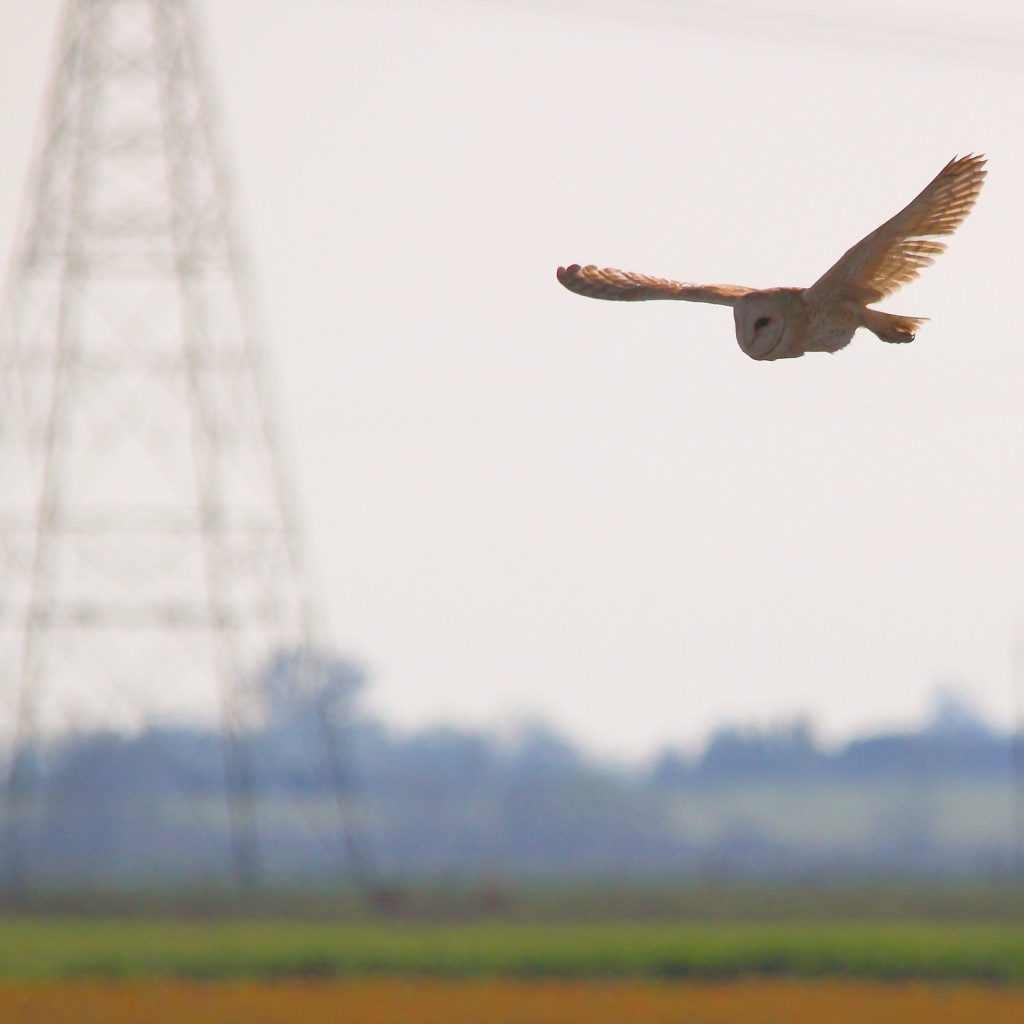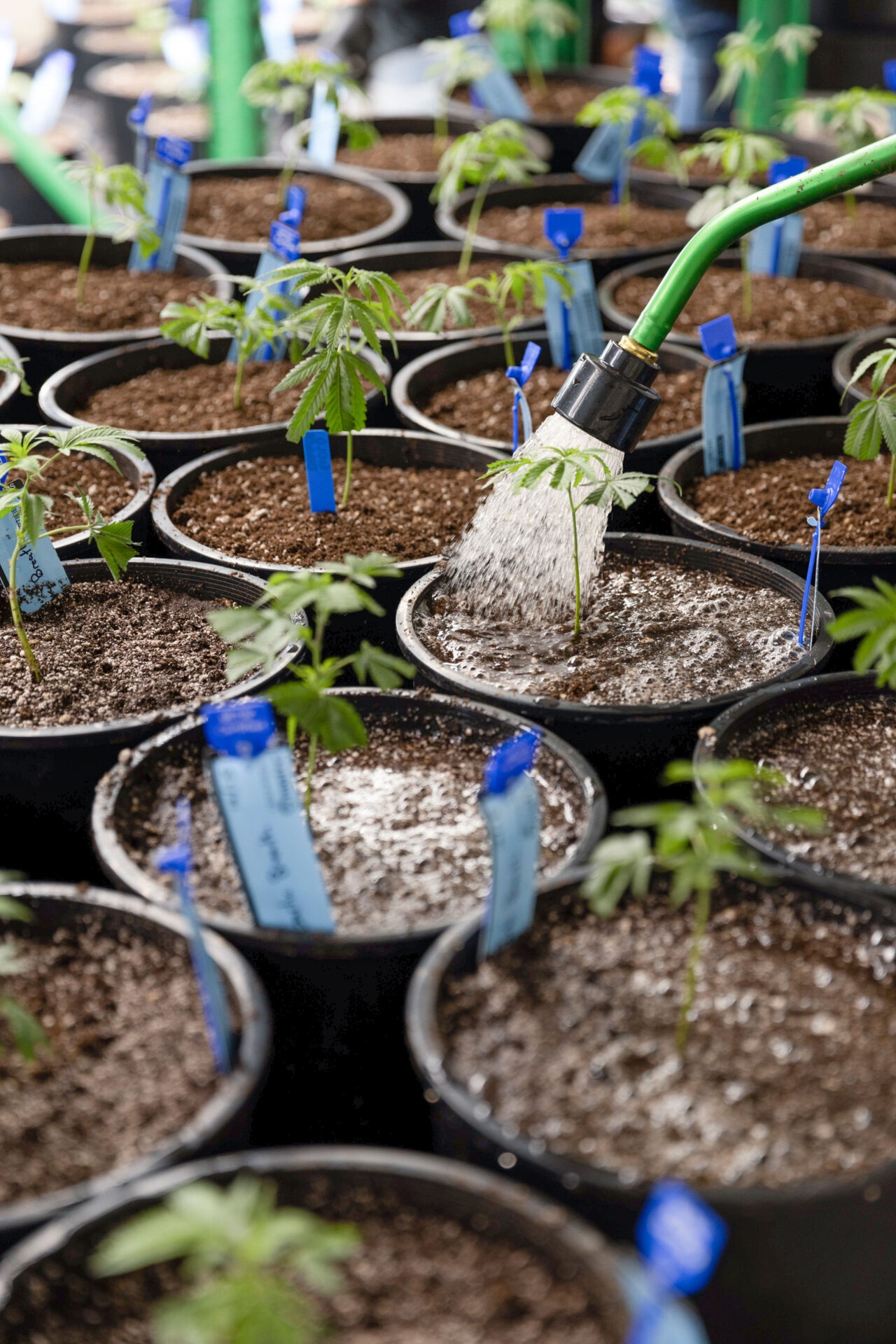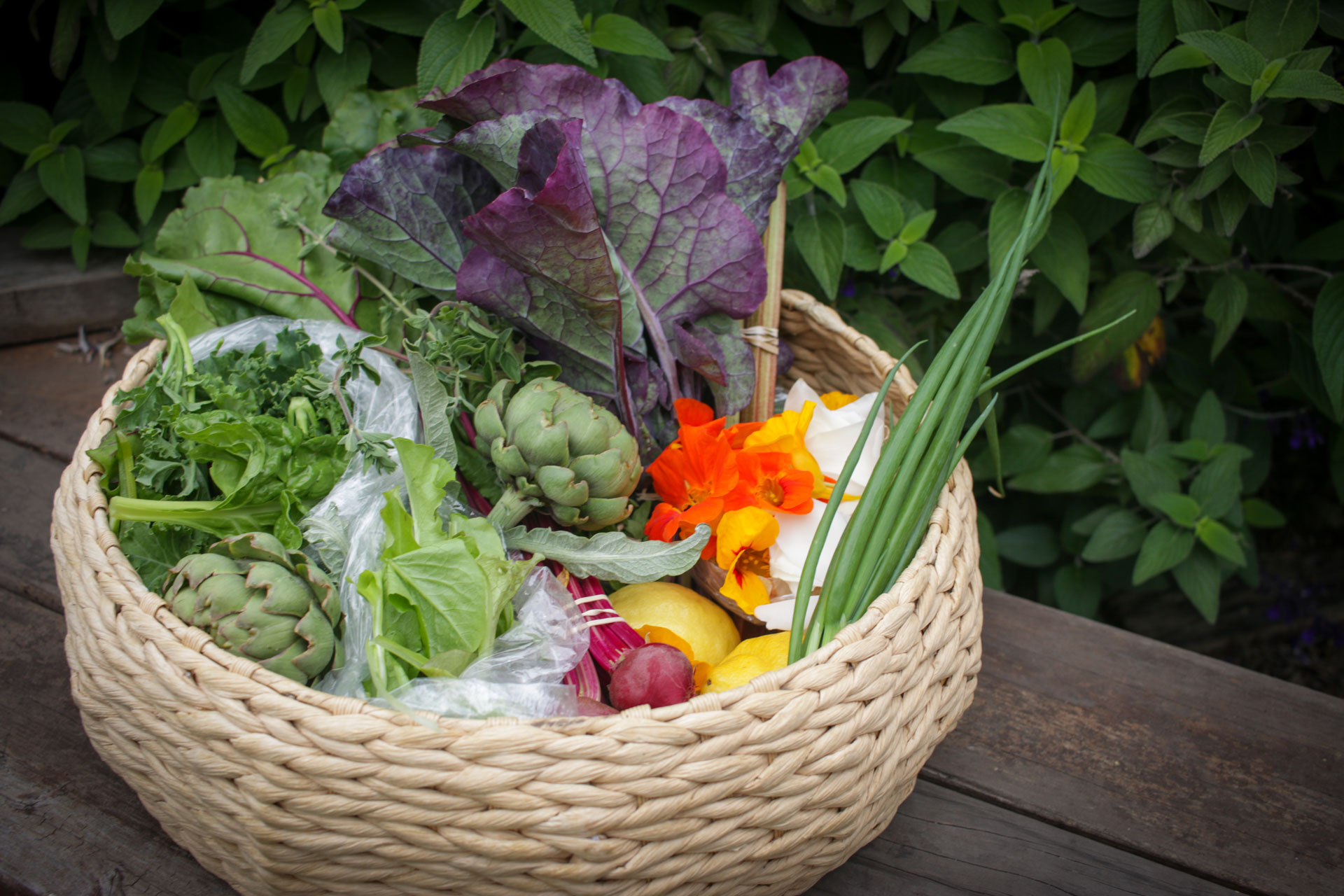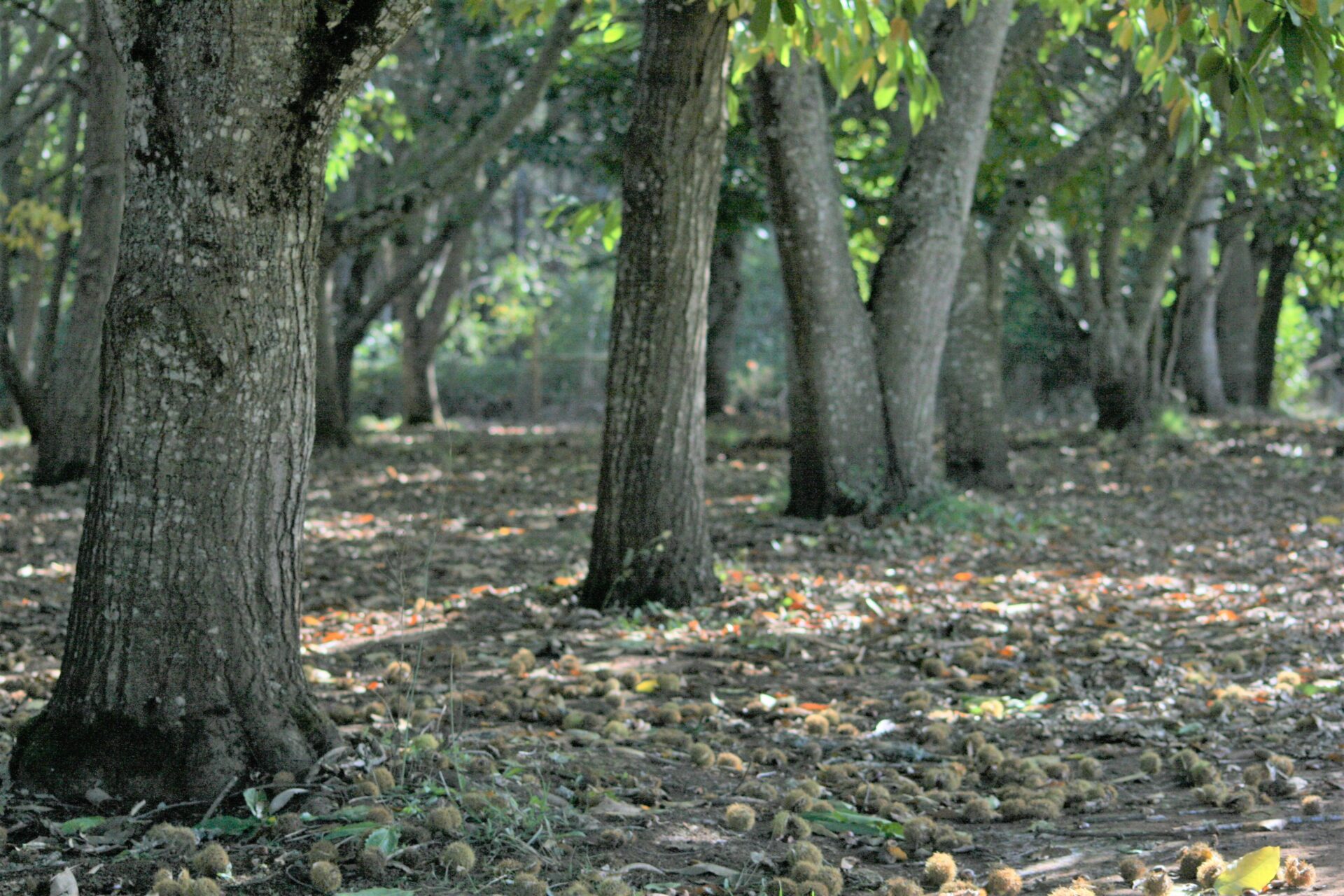
The call of a barn owl is not beautiful—it fits somewhere between a badly creaking gate hinge and someone scraping their fingernails across a chalk board—but for farmers who have rodent pests on their land, it should be music to their ears.
Economic Ornithology
For generations, farmers have welcomed the sight of swallows dipping across their fields, and the sounds of kingbirds chatting from fenceposts and of barn owls shrieking from haylofts. Not only are these birds beautiful and dynamic (which is reason enough to ensure their numbers thrive), but they provide farmers with biological pest control services for insects and vertebrate pests. In fact, understanding the role of wildlife, and birds in particular, for controlling insect and vertebrate pests was so important prior to the widespread availability of pesticides that the United States Department of Agriculture (USDA) formed a department of ‘Economic Ornithology and Mammalogy’ in 1886 (it would later become the Bureau of Biological Survey, and eventually was absorbed into what is now Animal Plant and Health Inspection Service (APHIS)). Publications from the Government scientists at the time relied heavily on studying the contents of bird stomachs—some 32,000 of them—to understand the diet of common farmland birds across the country.
Browsing through publications from the days of economic ornithology is fascinating. In just one example, a USDA bulletin from 1902 entitled ‘Audubon Societies in Relation to the Farmer’ Henry Oldys laments the wanton destruction of birds for ladies’ hats or curio collections, and states “Let the farmer remember that every bird destroyed, and particularly every nest robbed, is equivalent to a definite increase in insects with which he already has to struggle hard…”. Despite many similar publications, economic ornithology disappeared from the literature around the 1940’s.
Ecosystem Services
After a long hiatus, economic ornithology has re-emerged over the past few decades under a different title: Avian Ecosystem Services. Farmers and scientists alike have a growing interest in understanding and maximizing the benefits that birds provide for farms. We all gain from the services birds provide society, which range from seed dispersal and nutrient cycling, to pollinating plants and reducing disease risk through scavenging. For farmers though, the most apparent services come in the form of pest control. Compared to the early 1900s, modern methods for measuring avian ecosystem services are less invasive and more focused on quantifying the scale of effects that birds can have on pests and what this means for subsequent crop damage. Exclosures, which are essentially cages meant to keep birds out, are the most common technique used today. Combined with counts of insect pest abundances and estimates of changes in crop damage and/or crop yield both inside (no birds) and outside (birds) the cages, exclosures measure the effect of birds on insect pests. The majority of studies focus on naturally-occurring pest insects, whereas some use ‘sentinel’ insects which are artificially introduced to fields (and often tethered to a location in some way by pinning, gluing, or tying them down). Sentinel prey experiments allow researchers to manipulate and control the number of insects, giving more precise estimates of the number that are removed by birds. Many of these experiments are conducted across multiple fields, or even whole landscapes, to capture the effects of different bird community diversity or abundance.
Insectivores and Omnivores are your Friends
Insects make up some or all of the diets of many species of songbird. Go out into your fields, orchards or vineyards early in the morning in spring and watch the birds work. You’ll undoubtedly spot multiple species of bird helping control the insect pests that are emerging around the same time. While swallow nests might make a mess under the eaves of a garage, every seemingly unpleasant dropping encases the remains of insects ranging from mosquitoes and midges to aphids and moths. These aerial insectivores are also likely to provide control of flies that harass cows and other livestock.
Numerous studies from both the original heyday of economic ornithology and from today’s modern exclosure studies have illustrated the valuable role that birds play in controlling insect pests. As early as 1908, birds including blackbirds, plovers, curlew, quail and prairie chicken were credited with controlling pest numbers in locust outbreaks in the Mississippi valley so that the United States Entomological Commission declared that the efficacy of birds for controlling pests was “… so full and complete that it was impossible to entertain any doubt on this point”.
More recently, in corn in the Midwest, a mixed assemblage of birds was shown to decrease the densities of cutworms, European corn borer, corn leaf aphids and weevils, although the infestations of these insects was too low to detect a change in crop yield from birds. In three separate studies in brassica crops, birds were shown to decrease the number of caterpillars and subsequent crop damage on broccoli in Hawaii, reduced the damage to kale crops in Kenya, and decreased the number of sentinel caterpillars on organic kale in California. Exclosure experiments that my colleagues and I conducted in non-organic alfalfa fields in California showed that birds decreased the abundance of alfalfa weevil by 33 percent and that this effect was higher in fields that had trees along their edges. Birds were shown to control some pest insects in hops in Washington state, but the role of predatory insects was more important. Birds reduced the number of aphids and their damage in cider apple orchards in Spain, and three different sentinel prey experiments in vineyards showed that birds are likely to control caterpillar outbreaks if they occur. Recent trials by Cornell University researchers have even shown that hummingbirds may help reduce spotted wing drosophila in fruit crops. Hummingbirds are nectar feeders, but also consume thousands of small insects when feeding their young.
While most studies focus on the spring and summer months, the benefits of birds are certainly not limited to the growing season. In a 1988 study in Southeastern Ontario, American crows were shown to decrease the over-wintering larvae of European corn-borer by 50 percent, presumably reducing the population that would invade the crop the following season. In apples alone there have been numerous studies showing that birds control codling moth and are particularly important for consuming the overwintering larvae that shelter under the bark of trees. Birds that forage on branches or pry away loose bark are particularly important: such as woodpeckers, creepers, titmice, chickadees, and nuthatches. Crows and ravens also regularly break open ‘mummy nuts’ in tree nut orchards, likely reducing the population of naval orangeworm and other insect pests that overwinter in such nuts.
Benefitting birds
The benefits that farmers glean from birds is not limited to a few star species. Studies have shown that a greater diversity of bird species is associated with greater pest-control services. This concept is most well studied in coffee agroecosystems in the tropics, where numerous experiments have demonstrated that farms harboring higher avian diversity have lower incidence of coffee berry borer infestations than farms with fewer species of bird. More species means more overlap of hunting effort and potential ‘insurance’ for the control of multiple pest species.
Virtually all bird species feed their chicks protein-rich insect diets during the breeding season, so even species that might be considered pests at other times of the year may actually be helpful during the spring and summer months. If birds are a nuisance for crops at specific times (for example at seed planting, or as fruit ripens), rather than taking steps to deter birds from fields year round, targeting deterrent methods for those specific times would mean gleaning the benefits of ‘pest’ species at other points over the growing season.
If you want to increase the benefits you derive from birds on your farm, there are multiple steps you can take. First and foremost, providing habitat for nesting, perching, and foraging is critical for almost all bird species. Simple habitat management, such as retaining treelines or planting hedgerows, has been shown to greatly increase the diversity and abundance of birds on farms. Planting hedgerows along field margins is a serious financial undertaking, but such habitat also harbors beneficial insects that provide pollination and pest control services. Economic studies by the University of California (UC) have shown that the initial cost of establishing a hedgerow are offset by the pollination and pest control benefits provided by beneficial insects within seven years. If the benefits provided by birds were taken into account, this payoff time could presumably be quicker.
Numerous insectivorous species are cavity-nesting, so retaining old trees is highly beneficial for those species. You can also augment natural cavity availability by installing nest boxes for swallows, wrens and bluebirds. Ensure that you purchase or build boxes that are specifically designed for native cavity-nesting birds, since European starlings and European house sparrows, both invasive species, are also cavity-nesting and often outcompete native birds for available nesting spaces.
Many songbirds also prefer to hunt from perches. A study in India demonstrated that planting ‘perch’ crops such as sunflowers and sorghum alongside crops of chickpea increased bird abundance, decreased damage to the chickpea crop by gram-pod borer, attracted beneficial insects, and acted as a trap crop for other pest insects. Artificial perches, such as bamboo poles installed in the chickpea fields also increased bird predation on the insect pest.
Barn Owls
The voracious rodent-hunting habits of barn owls are no secret. Farmers have been encouraging barn owls to nest on their properties for generations: building and installing artificial nest boxes to take advantage of the barn owl’s non-picky nesting habits. Barn owls are the ideal provider of natural pest control. They are not very territorial compared to most other birds of prey, they raise large broods of hungry chicks, they are relatively tolerant of human activity near their nests (hence the name ‘barn owl’), and they will hunt for the most abundant small mammals in a landscape. The ground under barn owl boxes is often littered with the skulls and bones of their prey, in a veritable graveyard of rodent pests.
In a study I conducted with students at UC Davis in California, we found that over 99 percent of the diet of barn owls consisted of pest species in mixed row crop, vineyard, and orchard farms. Using data from that and other studies conducted in California vineyards, Roger Baldwin and I calculated that an average pair of barn owls and their chicks would consume 215 pounds of rodents every year—equating to 843 pocket gophers, 578 voles, and 1,540 other prey items, most of which are mice. In Malaysia, barn owls have been shown to decrease the abundance and damage from rodents in palm oil plantations and in rice paddies. In Israel and Palestine, a network of thousands of barn owl nest boxes has contributed to pest control services and also link farmers across a contentious international border. Barn owls may also affect the behavior of rodent pests through a ‘landscape of fear’ effect, which has the potential to reduce the damage caused by rodents, although the likelihood and impacts of this in the field is currently unknown.
To attract owls to your property, there are numerous barn owl nest boxes for purchase online, or you can build nest boxes yourself using readily available instructions from the National Resources Conservation Service (NRCS) or the National Audubon Society. In North America, we suggest you use boxes that have an entrance hole that is no larger than 4 inches across and that you do not include a perch on the outside of the entrance—barn owls do not need an external perch and great horned owls have been known to use such perches to raid the nests of barn owls. Barn owl boxes should be cleaned out annually to prevent pellets and feces from building up. We recommend cleaning the boxes well before the start of spring because pairs of owls will begin roosting together towards the end of winter, which is likely part of the pair bonding process. Be patient if you put up owl boxes: Barn owl populations in the Midwest and Northeast have declined, likely due to the shortage of barns and fewer open hunting areas in those regions, so it may take longer for owls to find and utilize nest boxes there. If you do have rodent issues and plan to put up barn owl boxes, I’d love to hear from you! While we have ample evidence that barn owls eat a ton of rodent pests, there is a real need for more concrete evidence that barn owls are able to actually control fast-breeding rodent populations, and working with farmers to conduct before-and-after studies that collect trapping or other rodent abundance data will be extremely useful.
Herons and Egrets
Many people are surprised when I tell them about the rodent-eating habits of herons and egrets. These graceful birds are lethal killers that are particularly drawn to fields that are being flood-irrigated or as fields are plowed. In California, we regularly observe 50 or more wading birds in alfalfa fields as they are flood irrigated. Farmers in the area know where the water is in a field by the line of egrets, herons, and Swainson’s hawks that are lined up waiting for rodents to literally be flushed from their burrows by the advancing water. You can actually see a lump move down the long neck of a great egret as it swallows a vole whole. These cleanup crews are likely contributing to rodent control, and supporting wetland conservation measures in your region is key to ensuring healthy populations of wading birds.
Diurnal Birds of Prey
Day-hunting birds of prey—eagles, hawks, falcons, and kites are also likely to provide vertebrate pest control services for farmers. American kestrels were recently shown to decrease the abundance and damage from pest birds in sweet cherry orchards in Michigan. In New Zealand, a reintroduction project for the threatened New Zealand falcon in vineyards led to a reduction of introduced bird numbers and a 95 percent reduction in the damage they caused. The presence of falcons in those vineyards also likely led to landscape of fear effects, since damage by the native silvereye was halved even though their abundances did not change. Overall, the effects of falcons led to a 68 percent reduction in grape damage by pest birds. In Australia, erecting artificial perches for birds of prey increased raptor abundances and led to a reduction in mouse populations in soybean fields.
To attract more birds of prey to your farm, it is important to retain and provide habitat that gives raptors places to perch, rest, and nest. In North America, species such as sharp-shinned hawks, Cooper’s hawks and merlin’s prefer to hunt from perches amongst trees. Red-tailed and red-shouldered hawks, as well as kestrels, great-horned owls, barn-owls, and golden eagles are all willing to hunt from artificial perches. Designs for artificial perches are published online by the NRCS. Perches are more likely to be used if they are not immediately adjacent to trees (because the birds already have perching opportunities in the trees), and should be located at the tops of hills if your land is hilly. If you raise chickens or small livestock, you should be careful about providing cover for them and place perches far from them.
Win-Win-Win for Farmers and Birds
When we surveyed farmers in California to find out about their perceptions of birds, we found that many growers simply loved birds, and their desire to ensure that birds could thrive on their land for future generations to enjoy was a key responsibility that they felt they had to the land. Taking steps to conserve and enhance bird populations on your farm will provide you with natural pest-control services while simultaneously benefitting biodiversity. Beyond the services that they provide, birds are a joy to hear and watch. As the snow melts this spring and birds return to your land, take some time to watch the birds flitting around: each one is likely gobbling up insects as they emerge.

